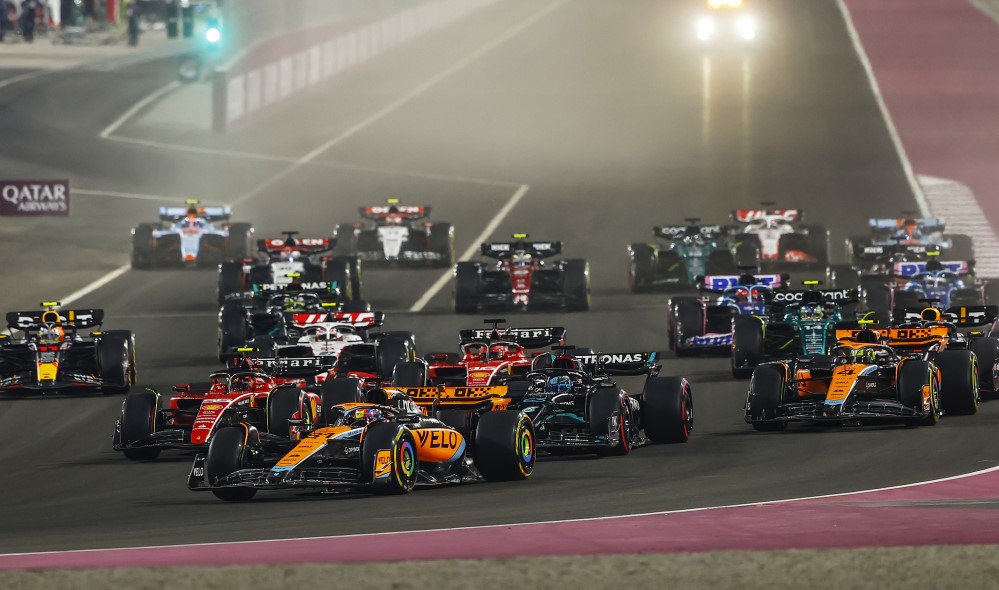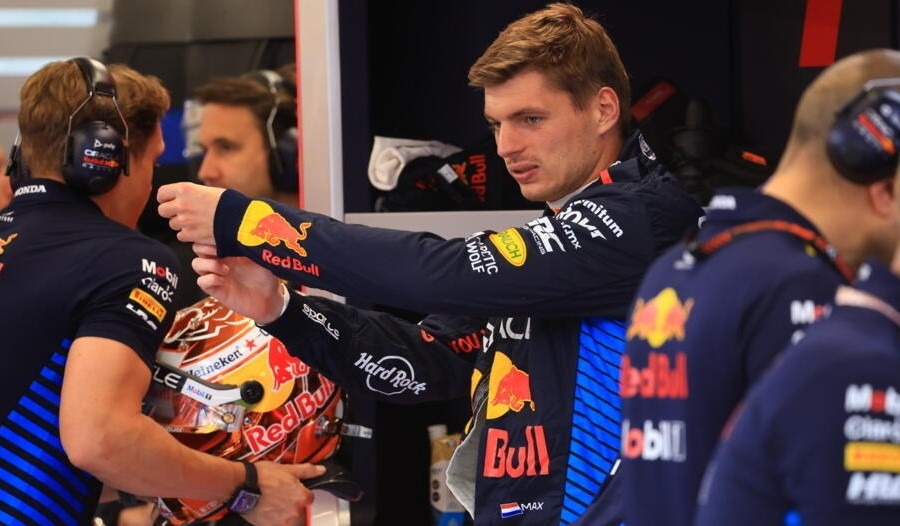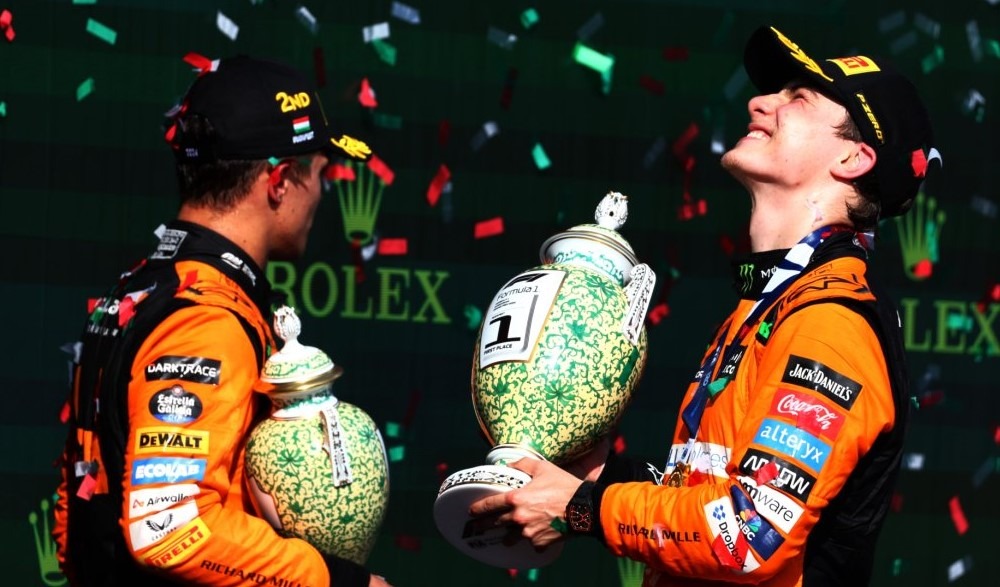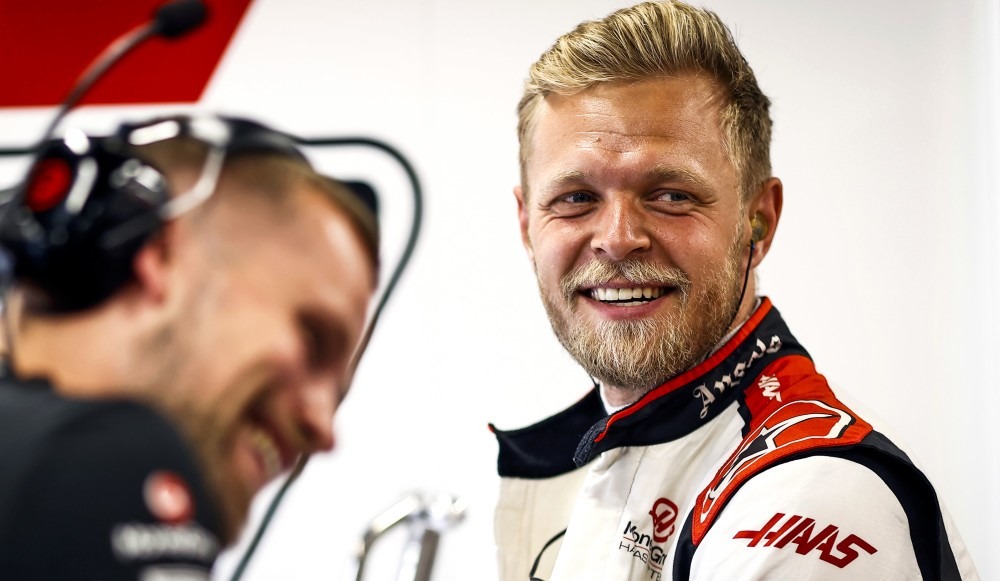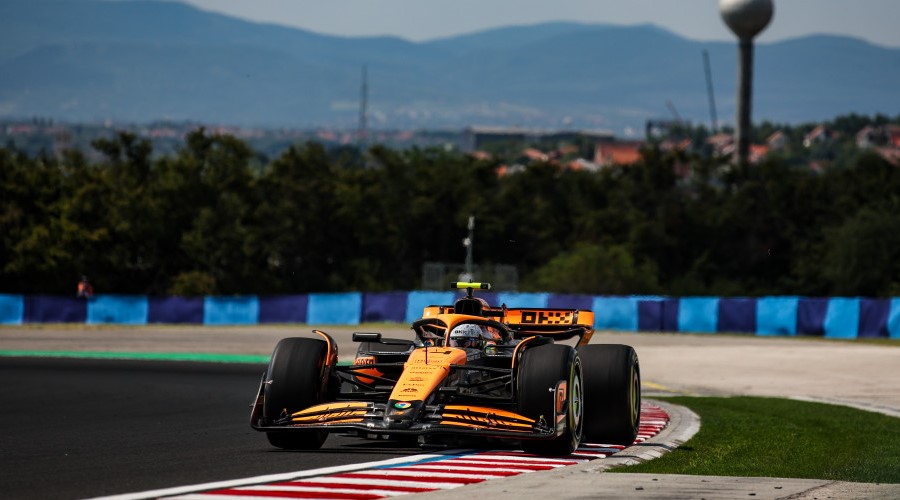The 2026 F1 cars will be lighter and more agile than those of previous generations according to FIA’s head of single-seaters Nikolas Tombazis.
The governing body has disclosed the course that the Formula 1 regulations for 2026 are expected to take. The FIA’s focus has been turned to the F1 chassis design now that the rules for the 2026 power unit have already been confirmed.
The overwhelming weight and size of the current F1 cars is one of the main concerns, as it makes them challenging to drive and puts a lot of strain on the tyres.
Audi has already expressed interest in engaging in the sport thanks to the sustainability-friendly engine formula for 2026, but it is envisaged that by making the cars more “driver-friendly,” the standard of racing will improve as well.
FIA Director of Single Seater Nikolas Tombazis addressed the media about the 2026 regulations, with the goal of having cars that are lighter, smaller, and more competitive.
“We aim to have a significantly lower weight limit, and we are looking to reduce the weight limit by 40 to 50 kilos in 2026,” said Tombazis. “The way we want to do that is related to what we’ve termed the ‘nimble car’ concept, because we basically feel that in recent years the cars have become a bit too bulky and too heavy.”
The wheelbase of the 2026 F1 cars is anticipated to be shortened from 3600mm to 3400mm, while the width will be 10 cm less than that of the 2025 model.
Tombazis is optimistic that the 10 kg weight reduction will make for improved racing since there will be increased car follow-through, even though this was undoubtedly the goal of the 2022 rule change.
“This lower downforce means that a lot of the loading on components, such as suspension, will reduce and that will enable the teams to reduce the weight consequentially,” said Tombazis.
“We are tentatively aiming for wheels that are 16-inch wheel rims, with smaller wheel diameter and smaller width both front and rear.
“All of these things we believe are pushing towards a significantly lower weight. We believe that for the next round [of rules in 2026] we’ll achieve a much more robust close racing solution.
“The 2023 season had a small worsening of the close racing features. The cars had degraded a bit in their ability to follow each other closely, and we think we understand why, how and what we need to do.”
Tombazis also talked about the role that DRS is going to play from 2026.
The Drag Reduction System, or DRS, was adopted for the 2011 season and enables a car in pursuit to pop open its rear wing at specific circuit zones when it is within a second of the leading car.
Since its inception, the use of DRS to facilitate overtaking has proved to be an essential tool and in some cases, a necessity. However, with the possibility of faster cars in 2026, will it still be required, in what format, or will there be a substitute?
“There will be something equivalent to the current DRS, which will basically enable the following car that is within a certain limit to potentially get in a position to attack,” he said.
“What form that mechanism will take: whether it will be an additional change of an aerodynamic component on the straight, or an additional change of the aerodynamic component in the corner, or whether it will be part of the energy of the engine….which of the three, we’re still doing our best simulations to arrive to the best possible solution.
“What we don’t want to have is cars basically diving past each other on the straight.
“We want cars arriving close to each other at the braking point and there being a fight, and drivers having to use their skill.
“We can’t risk arriving into a situation where overtaking becomes impossible again, or something like that. So we want to have it in the pocket and to use it moderately, but not highly.
“Overtaking must also be a fight. We don’t want the cars just to drive past each other.”
There were concerns that these modifications—which included the ICE output being lowered from 550–560 kW to 400 kW and the battery element being increased from 150 kW to 350 kW—and would have an impact on the cars’ overall speed.
Asked about the issue, Tombazis said: “It’s going to be very close to now. I think we’re going to be within a couple of seconds or something like that.
“Even if it was five seconds slower, we’re not going to be sweating too much.
“The combination of low drag on the cars, with the way that energy can be recovered or deployed, achieves a speed profile of these cars which is very similar to the current cars.
“So the cars won’t be reaching the top speed in the middle of the straight and then degrading or anything like that, that’s not going to be the case.
“There’s some tweaks on the energy side of the engine that will achieve the correct characteristics.”
Regarding whether or not the car appearances will change significantly, he said: “Somebody who knows about it will be able to see the differences, but they will look like F1 cars.
“On that there shouldn’t be any doubt.”

